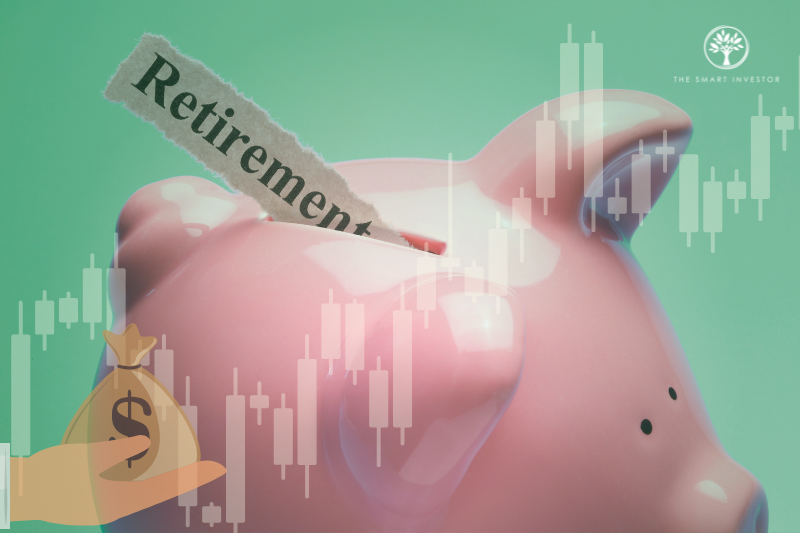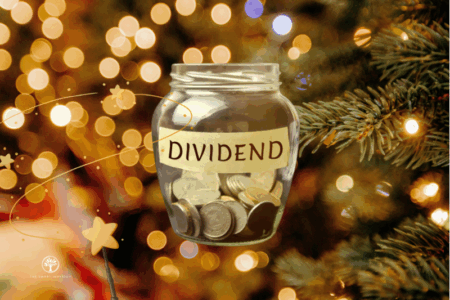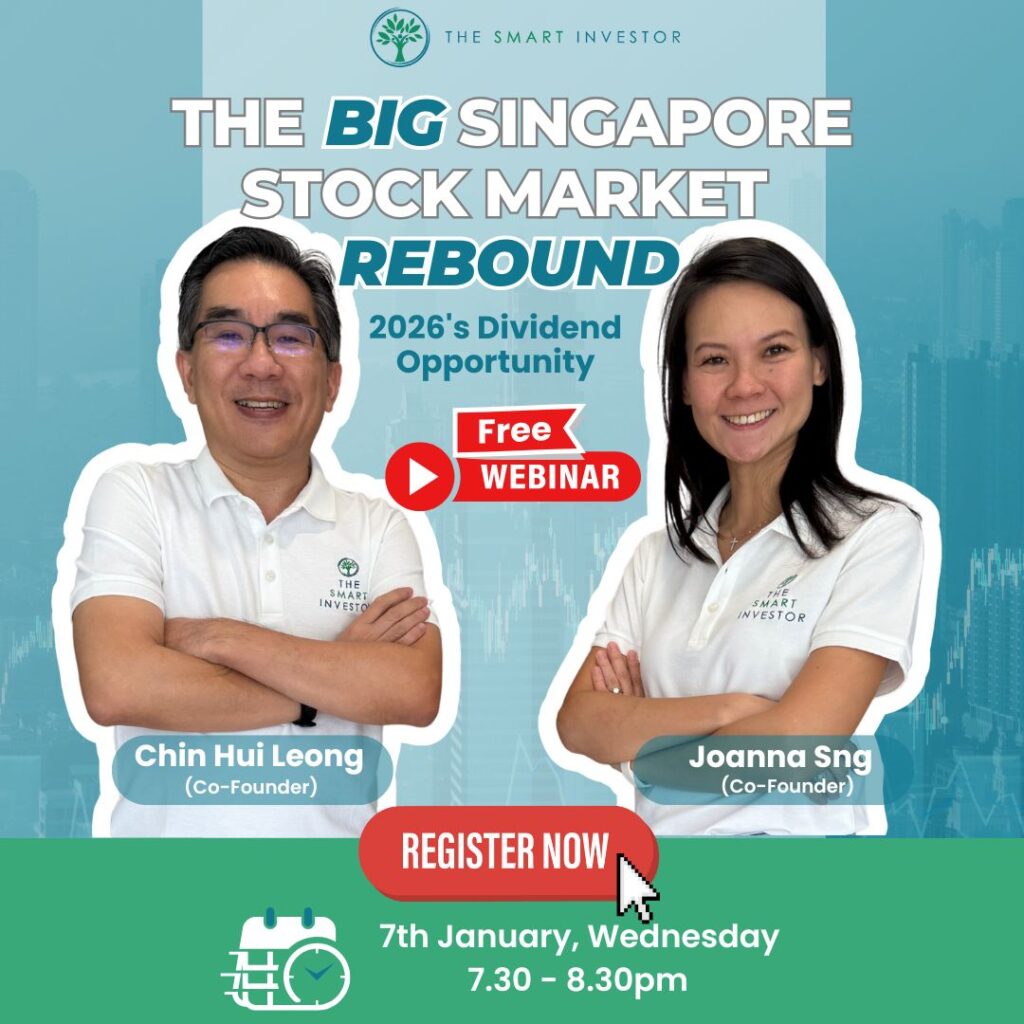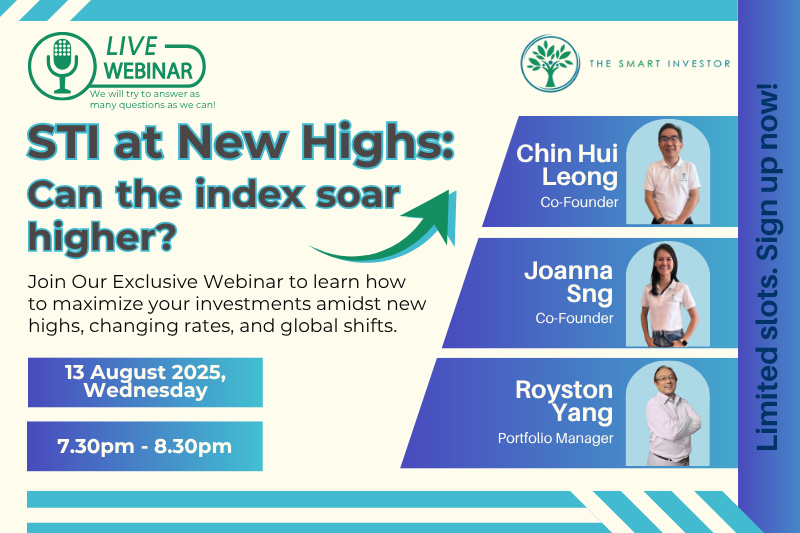Tired of the daily grind? You’re not alone.
The collective frustration has given birth to a viral concept: Financial Independence, Retire Early (FIRE).
This popular movement promises the freedom to walk away from your job for good.
Without a doubt, the promise is incredibly alluring.
However, before you can truly enjoy that freedom, there are two crucial questions you must answer.
The first is about the numbers: How do you know if you have enough money to retire today?
This question is not as simple as it sounds.
While you do not want to outlive your money, you also do not want to spend so much of your life accumulating wealth that you have little time left to enjoy it.
Here’s a surprise: what if the more important question isn’t about the money at all?
The second question is to consider what you will do with your time and energy once you no longer have to work.
But first, let’s dive into the more tangible part of the equation: the financial considerations.
How much money is enough?
There are different approaches to determine the “magical” number for retirement.
However, these are two common approaches for turning your savings into retirement income: The 4% Rule and The Dividend Income Strategy.
The 4% Rule: A popular rule of thumb
The 4% Rule is a widely-quoted guideline based on research first published by financial planner William Bengen in 1994 and later popularised by the 1998 ‘Trinity Study.’
Here’s how it works: if you expect to spend S$36,000 a year during your golden years, then applying a safe withdrawal rate of 4% suggests that you need to amass liquid assets of S$900,000 (for math geeks, that’s 36,000 divided by 0.04).
With this amount, Bergen’s study shows that you can withdraw S$36,000 (inflation adjusted) every year, with a very low likelihood of running out of money for the next 30 years.
It’s a useful rule of thumb and a convenient starting point to think about how much you need.
But it’s important to understand the assumptions behind this rule, as they may not be applicable to you.
- Bergen’s study is based on US historical data, with asset allocation of about 50% equities and 50% bonds.
- It assumes a consistent, inflation-adjusted spending level.
- The same inflation-adjusted amount is withdrawn from your portfolio, regardless of the market’s performance.
Here’s the rub: it’s unlikely that your portfolio will consistently mirror the allocation above.
Meanwhile, your expenses are also likely to change throughout your retirement years.
Furthermore, withdrawing the same amount even during a bear market is easier said than done.
Consequently, blindly applying the 4% rule may result in an underestimation or overestimation of the “magical” number.
The Dividend Income Strategy: Not spending down on the principal sum
While the 4% Rule requires you to trust in a mathematical probability, many people find it emotionally difficult to see their accumulated wealth decline, especially during a market downturn.
It’s not surprising.
After years of hard work building up your nest egg, the idea of watching it shrink can be unsettling for anyone.
Hence, some retirees prefer an even more conservative approach that prioritises peace of mind: funding your retirement by passive income in the form of interests and dividends, without ever touching the principal sum.
But like most things in life, there’s a catch.
The biggest downside to this approach is that the principal sum will need to be significantly higher.
Then again, you may argue that if you can get a 5% dividend yield, then to fund a S$36,000 annual expenses, just requires S$720,000, a figure lower than the 4% rule.
However, that is only for the initial years, and without considering inflation.
Moreover, dividends aren’t guaranteed, and there could be a real risk that companies cut their dividends in economic downturns, which will occur often enough in your retirement years.
To buffer these considerations, you will probably want to project a dividend income that is at least 1.5 times of your expected spending.
Of course, this conservative approach would require a larger principal sum, which means you will need to accumulate your wealth over a longer period.
Crunch the numbers: Account for variable incomes and spendings
Both approaches provide good initial estimates of how much you need, but do not take into account how your incomes and spendings will vary during the retirement years.
When you’re nearing your goal, it’s a good idea to create a detailed spreadsheet that breaks your numbers down year by year.
While this doesn’t eliminate the guesswork completely, the granularity will provide you with greater clarity and allow you to adjust your plan more flexibly.
Furthermore, you can include the payout from CPF Life in the computation, which means that you probably need less money than what is initially projected.
The reality is that there isn’t a fixed way to decide if you have enough. And you might even want to combine these approaches.
Whichever the approach though, it doesn’t take away the biggest issue – uncertainties.
Adopting a mindset that you can adapt to the changes, whether in your money or lifestyle during retirement, would probably be the deciding factor whether you will enjoy your next stage of life.
Now, let’s talk briefly on the second consideration: what will you do with your time and energy once you are retired.
Make the best of your retirement
“I will travel.”
“I will watch Netflix”
There’s no doubt that there will be more time for leisure in retirement.
However, while these activities are great for rejuvenating yourself from the mundane working life, that good feeling is likely to diminish when you have too much of it.
To be clear, it’s certainly possible to fill your time with other meaningful activities.
But don’t leave the thinking until after you retire.
In fact, you need to actively think about it before making the jump.
A transition into a retirement lifestyle can be unsettling for many, especially when it results in a sudden loss of identity, social circle, and daily routine.
Not addressing this disconnect adequately might lead you to wrongly conclude that retirement isn’t for you, when in fact, you just weren’t prepared for the psychological transition.
FI is the ability to control your schedule
Being financially independent doesn’t mean you need to stop working immediately or forever.
What FI gives you is the option to crave a new life path that is solely for you.
It feels like having the choice to choose what you want to learn in school without worrying about promotional examinations.
What this means is that you have unlimited options.
While you can choose to leave your current work and start a new exploration, you can also choose to continue to work if you still enjoy it, or you can create a hybrid of the two.
Get Smart: Life does not start after retirement
Having your freedom sounds nice, but it takes effort to make the best out of it.
The good news is you don’t have to wait for the day to arrive.
Back to the analogy of examinations.
Yes, it’s probably stressful to prepare and take examinations, but you didn’t stop enjoying your learning and friendships, just because of that.
Similarly, nothing’s stopping you from cultivating a life of joy and purpose today, even as you navigate the daily hustle.
Plan for the future, live in the present.
Boost your portfolio’s returns with 5 SGX stocks that promise both stability and steady growth. We bring you the names of these rock-solid stocks, including why they could drive massive dividends over the next few years. If you’re looking to invest for retirement, this guide is a must-read. Click HERE to download now.
Follow us on Facebook, Instagram and Telegram for the latest investing news and analyses!






